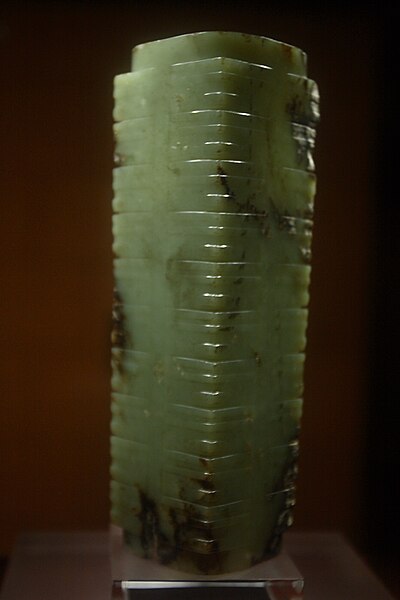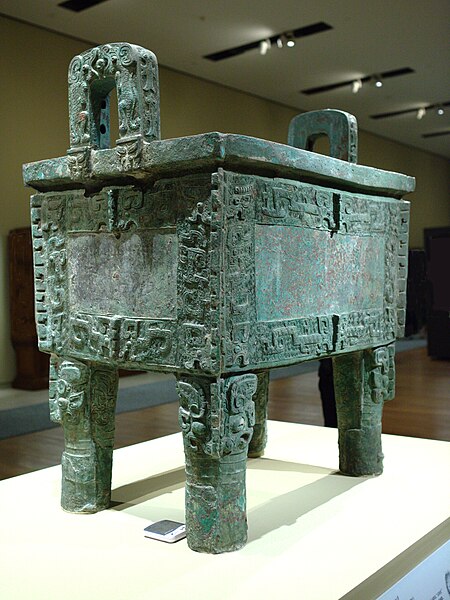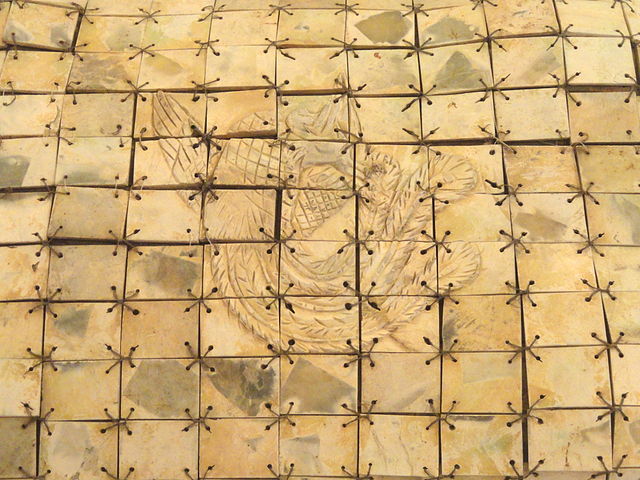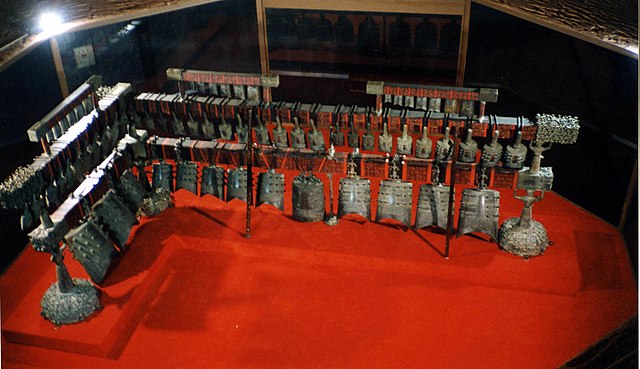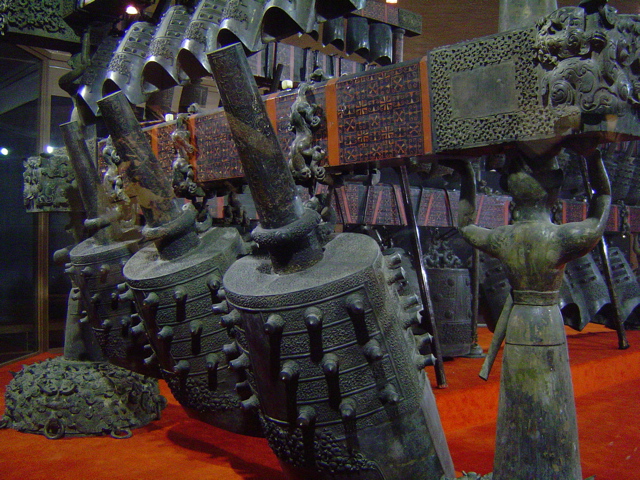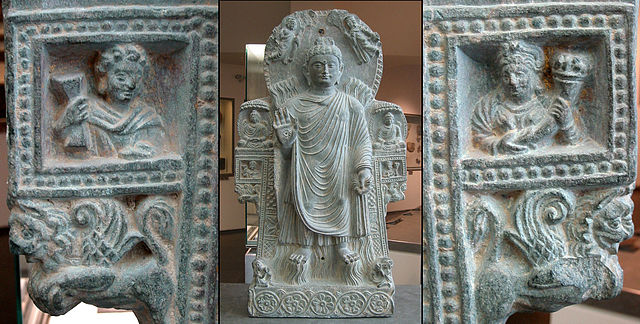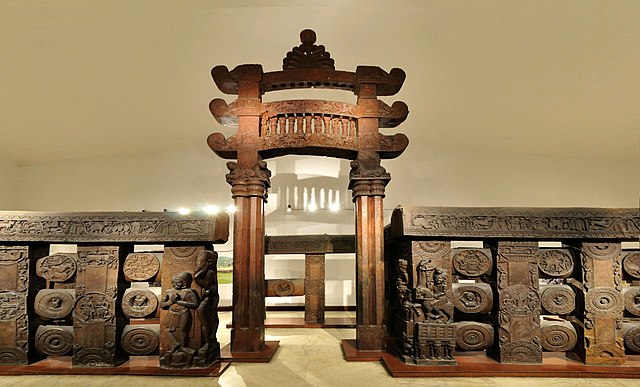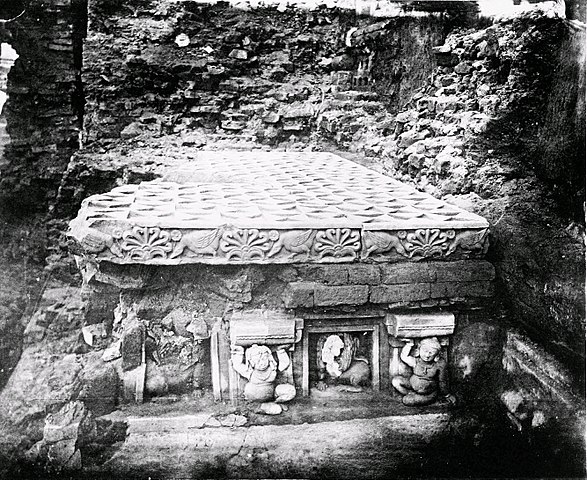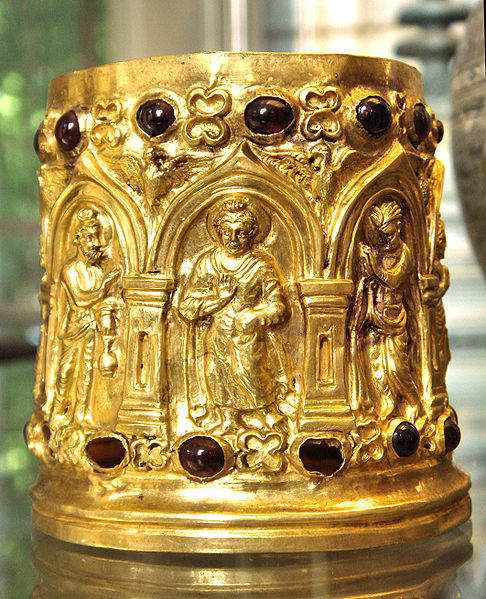We just learned about the sculpture of
The Buddha, flanked by Herakles and Tychee.
Another famous set of sculptures is the
Terracotta Army made in China around 200 BC.
When the Emperor of China Qin Shi Huang died, he was put into a tomb with over 8,000 sculptures in it.
These were small sculptures of soldiers, chariots, horses, acrobats and musicians that were buried with him as they believed these soldiers would protect the Emperor in the afterlife.
These thousands of soldiers all had real weapons like spears, swords or arrows.
Many of these weapons have been stolen, but people believe there were over 40,000 weapons in the original sculpture.
The statues were all painted at first, but the paint has all worn off.
The place where these sculptures were buried with the emperor was part of a very large cemetery area that was about 38 square miles.
There were people that visited it long ago and wrote about it saying that there were miniature palaces, towers, 100 rivers of flowing mercury, and paintings on the ceiling of heaven.
Over the thousands of years, many things have been stolen or broken, but there are still thousands of sculptures there to see.

(from: wikipedia -
terracotta army)

(from: wikipedia -
terracotta army)
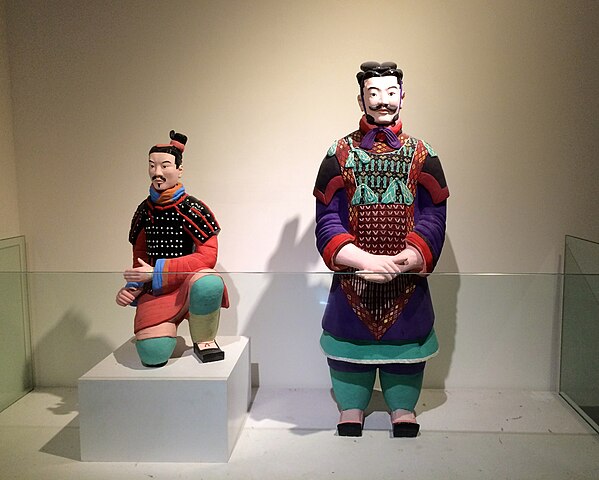
(from: wikipedia -
terracotta army)
Kid Facts - Blast from the past: Fontana Maggiore






